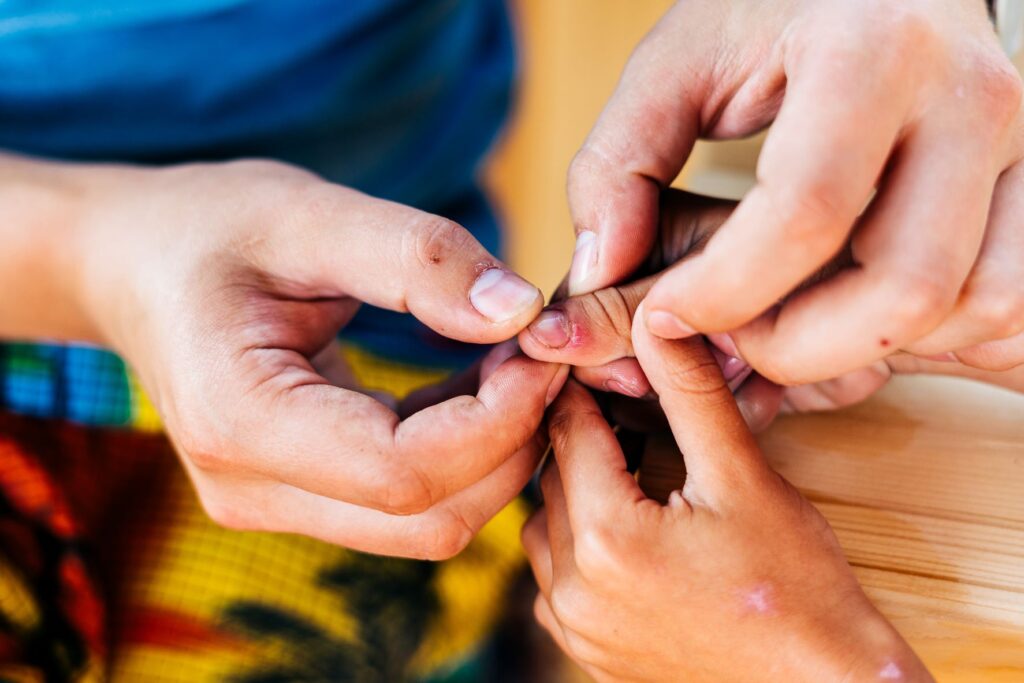The 4 Lifesaving Steps of First Aid
First aid is essential in many situations. It is not just for injuries; it is also important for medical emergencies. CPR (cardiopulmonary reperfusion) may be required for someone who is in serious condition. It may be necessary to perform mouth-to-mouth rescue.
CPR
CPR is a vital first aid procedure. If a person suffers a cardiac arrest, CPR can save their lives and prevent permanent brain damage. CPR can also be used to save the victim’s life until emergency medical help arrives.
Cardiac Arrest is an emergency that occurs when blood flow to the cardiac muscle is stopped. The brain shuts down without oxygen within minutes. The victim could die in less than eight minutes if they don’t receive CPR.
Both the victim and rescuer can suffer trauma from cardiac arrest. CPR should be performed calmly. If you do not have the proper equipment, you should contact a nearby medical professional or emergency response team.
Chest compressions
One of the lifesaving first aid steps is chest compressions. These techniques keep blood flowing to vital organs such as the heart and brain. These compressions, if done properly, can save a person’s life without requiring rescue breathing.
In infants and children, chest compressions are performed with one or two fingers. Two fingers are placed in the middle of the chest. Then press down hard and quickly. For an adult, the compression depth should be about 2 inches.
CPR should be done at 100 to 120 compressions a minute. This is the same tempo used in the Bee Gees song “Stayin’ Alive”.

Providing breaths
While it is a good thing, providing breaths is not always easy. First, ensure that your child is breathing if you have a sick child. Once the child is breathing, there are several steps to follow to ensure you are providing the appropriate level of care. This includes the best way to deliver mouth to mouth medication, a nifty little device to hold the child’s hands, and a few tips and tricks for keeping the child from choking on whatever you put in their mouths.
The best way to ensure you’re providing the best possible care is to take advantage of the many available resources. Royal Life Saving Australia’s site is one example of such a resource.
Cleaning the wound
Cleaning the wound is one of the many medical treatments available. The trick to this type of treatment is to minimize pain while maximizing your recovery time. To prevent infection, it is important to thoroughly clean your wound. Cleaning your wound is not usually a stressful experience. If you have questions, ask a medical professional.
It is best to clean the wound immediately after the injury is diagnosed. Using the right dressings and bandages will minimize trauma and ensure optimal healing. A clean pad can be used to reposition and dry the skin flap. You might want to wear disposable gloves during your treatment.
Ice or cold
Ice or cold as first aid can be a great way of reducing swelling and pain after an injury. However, it is crucial to know when and how to use it. The process can be made faster and easier with a little knowledge.
A cold compress or an ice pack can be a cost-effective and simple way to treat injuries. The best time to apply ice is right after an injury, while the pain is still acute. You can apply ice to the injured area by pressing it against its curves. However, you should not leave ice on the skin longer than fifteen minutes.
Perform mouth-to-mouth resuscitation
Performing mouth-to-mouth resuscitation is an important skill for any first aider. It is crucial for patients who are suffering from oxygen deprivation, such a cardiac arrest. This technique can save someone’s life.
Performing mouth-to-mouth resuscitation requires a few important steps. First, locate the person. If you are not able to locate the person in question, ask a friend or family member to call for help.
After you have located the person, place your hands on their chest. This will allow you to concentrate on giving chest compressions. Continue to give chest compressions until your patient is breathing.
Next, pinch the person’s nostrils using two fingers. This will close their airway and enable you to breathe through their mouth. You should also make sure to cover their mouth and nose with your lips. This will seal the mouth and prevent infection.